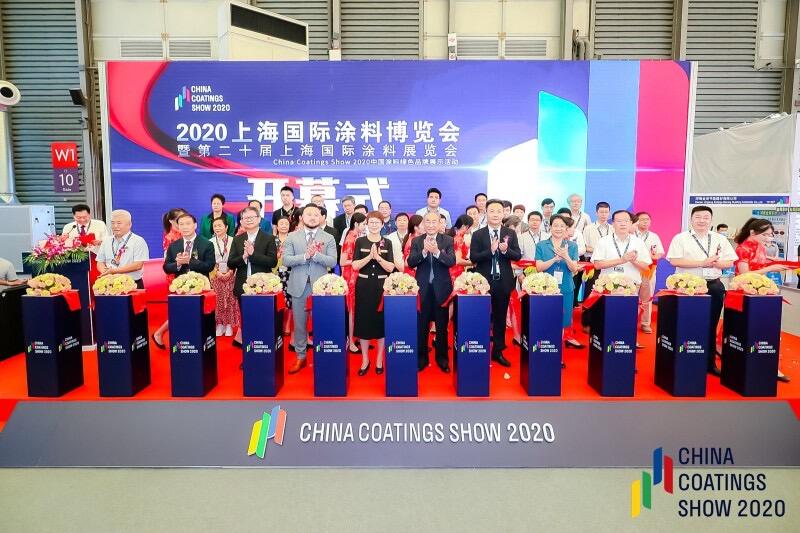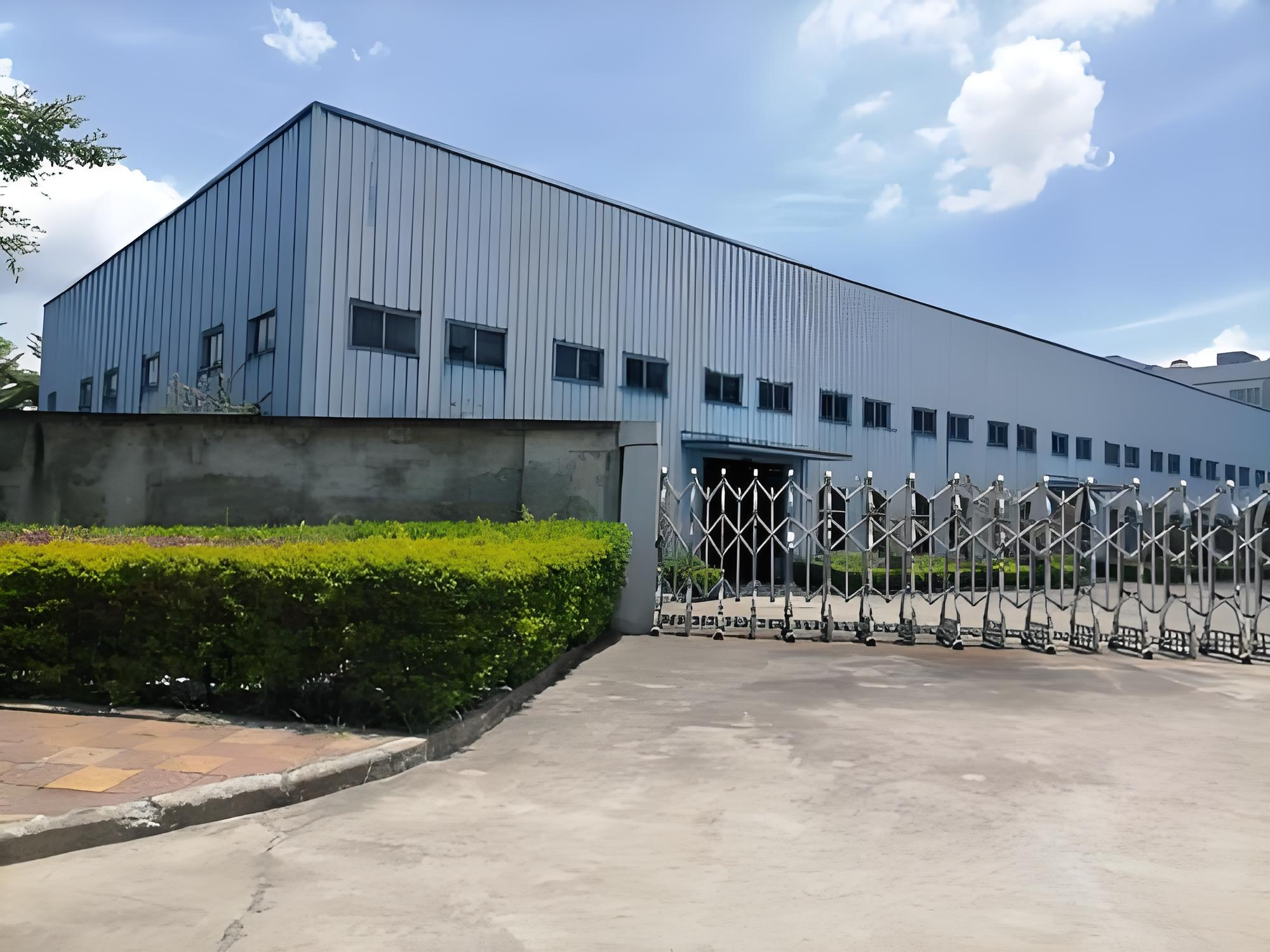Teflon spraying often experiences sedimentation during transportation and storage, such as the sinking of pigments and fillers, which does not improve even after shaking. The causes of this phenomenon include insufficient grinding and poor dispersio...
Teflon spraying often experiences sedimentation during transportation and storage, such as the sinking of pigments and fillers, which does not improve even after shaking. The causes of this phenomenon include insufficient grinding and poor dispersion of pigment or extender particles, a high amount of filler, reactions or corresponding adsorption between the pigment and the paint base, or prolonged storage periods leading to sedimentation. Preventive measures include frequently moving the paint during storage, changing the barrel placement method, such as laying it horizontally or upside down. It should not be stored for too long, and before use, it should be repeatedly stirred and shaken, or all the paint should be poured out and thoroughly mixed. Some anti-sedimentation agents, such as aluminum stearate, hydrogenated castor oil, modified bentonite, etc., can also be added.
Teflon spraying is a special coating that is not easily adhered to by other sticky substances or can be easily removed if adhered to. This type of coating is widely used in household appliances, cooking utensils, automobiles, machinery, chemical industries, etc., due to its extremely low surface energy, small friction coefficient, and easy sliding characteristics. Depending on the medium and state of the coating, non-stick coatings can be divided into water-based, solvent-based, and powder types.
Teflon spraying or varnish may lose its original consistency during storage, becoming thicker or even unusable, which is known as paint thickening. The thickening of colored paint is mainly due to reactions between the pigment and the paint base, such as basic pigments like zinc white and aluminum white reacting with organic acids in the paint base to form metallic soaps. It is important to use Teflon spraying to prevent car paint cracking. This is a very fine crack that continuously penetrates the car paint until it "penetrates" the entire color paint layer. The initial stage of cracking is difficult to detect with the naked eye. By the time it is visible, the situation is already quite severe. When waxing and polishing, you may notice stripes on the car body, which are due to car wax filling the cracks. Due to quality issues in spray painting, the resin in the car paint may also "shrink" and cause cracking. This "skin disease" can only be cured by repainting.
Water-based non-stick coatings with PTFE spraying are most popular among users due to their low organic solvent content, good safety, and minimal environmental pollution, and thus have the highest production volume. The global demand for non-stick coatings has been increasing at an annual rate of 20% to 25% in recent years. The research and development of Teflon spraying in China is still in its infancy, with few products available, far from meeting domestic demand. Based on this, this article focuses on the basic approach to formulating water-based non-stick coatings using fluororesin and binder as the main raw materials, and provides an appropriate analysis of the film-forming mechanism and main influencing factors.


